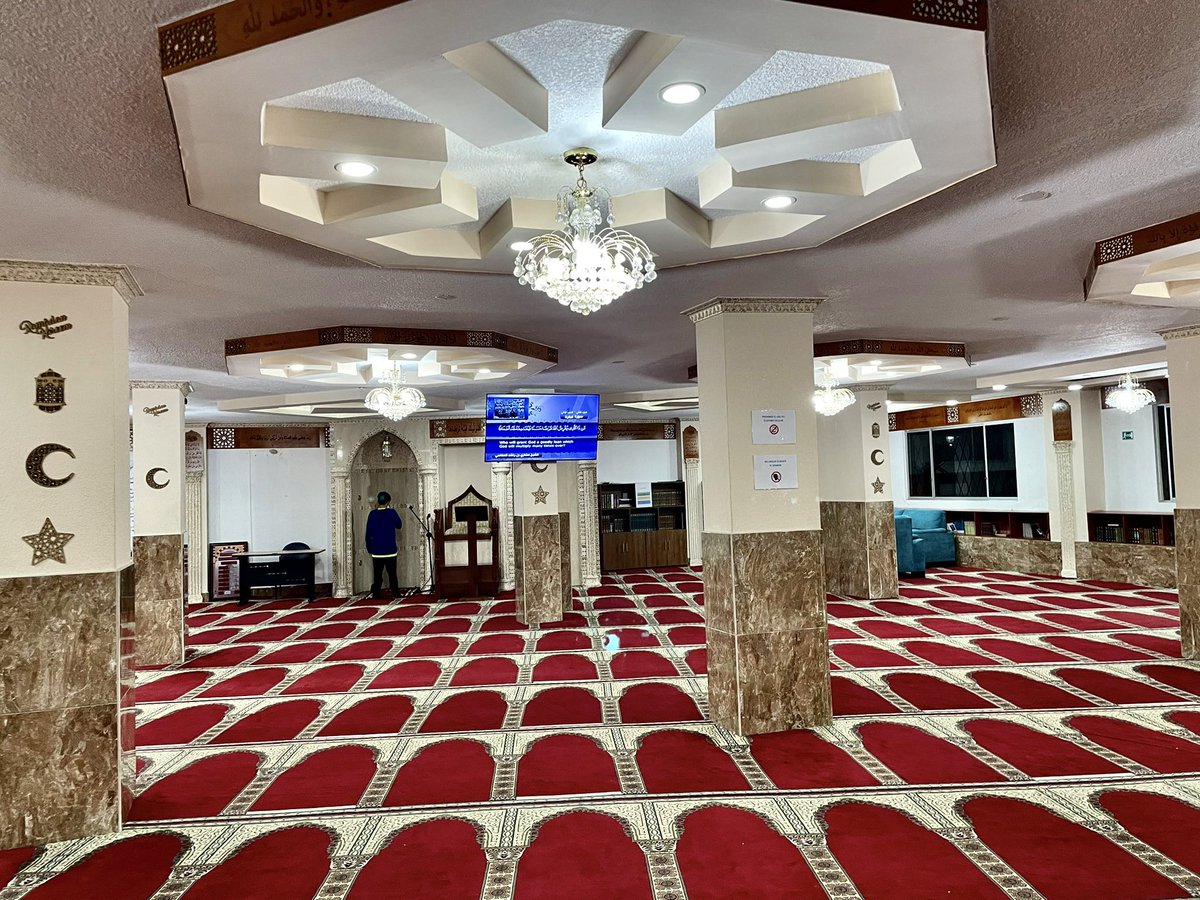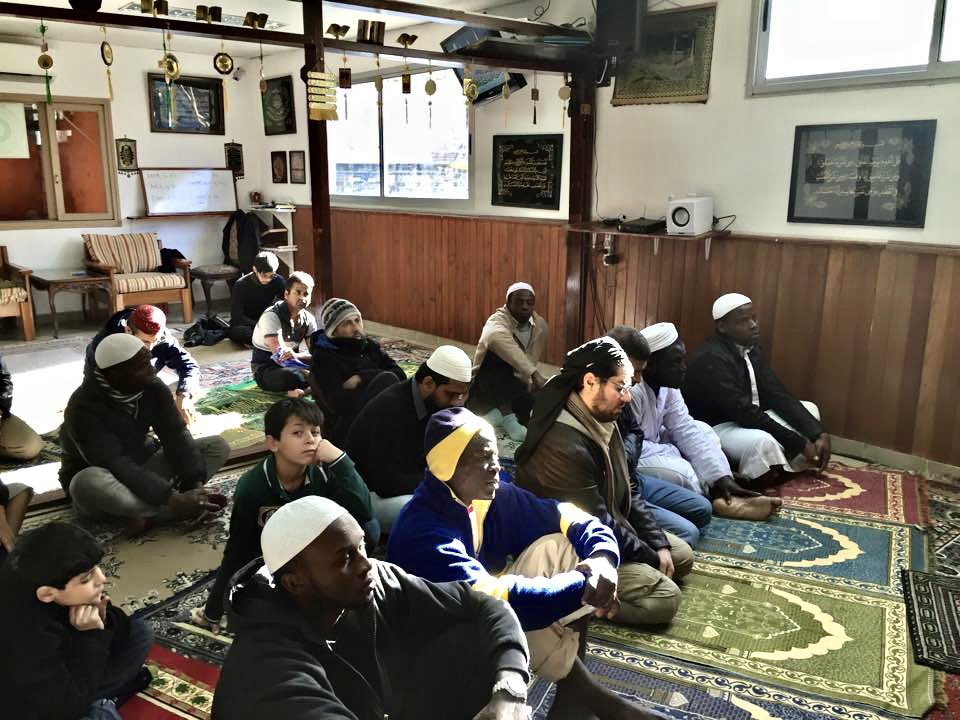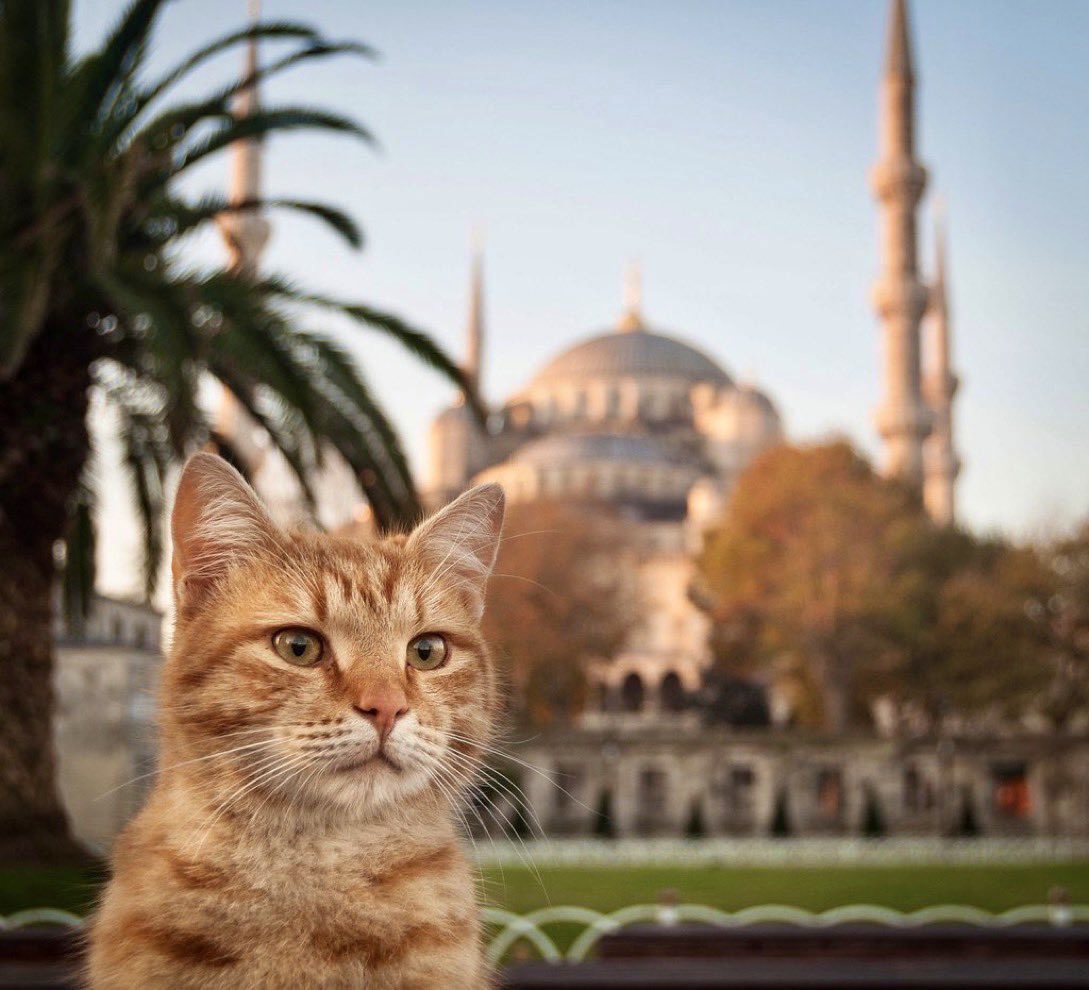
From Brazil to Argentina, to Peru to Venezuela, Latin America is home to some of the most wonderful Mosques, that stylistically reflect the cultural heritage & diversity of local Muslim communities.
Here are the most incredible Mosques in Latin America #JummahMubarak
A thread…
Here are the most incredible Mosques in Latin America #JummahMubarak
A thread…

1/ Mosque of Sheikh Ibrahim Al-Ibrahim, Caracas, Venezuela
It is the second largest mosque in Latin America after the King Fahd Islamic Cultural Center in Buenos Aires. The construction of the mosque began in 1989 by Sheikh Abdulaziz Bin Ibrahim Al Ibrahim.
It is the second largest mosque in Latin America after the King Fahd Islamic Cultural Center in Buenos Aires. The construction of the mosque began in 1989 by Sheikh Abdulaziz Bin Ibrahim Al Ibrahim.

1/ Mesquita Brasil, São Paulo, Brazil
Known for its modernist design and notable minaret. The mosque was designed by architect Paulo Antonio Mendes da Rocha & built in 1989.
Known for its modernist design and notable minaret. The mosque was designed by architect Paulo Antonio Mendes da Rocha & built in 1989.

1.1/ Mesquita Brasil, São Paulo, Brazil
It’s interior is adorned with traditional Middle Eastern intricate tilework and calligraphy.
It’s interior is adorned with traditional Middle Eastern intricate tilework and calligraphy.

2/ The Mosque of Omar Ibn Al-Khattab, Maicao, La Guajira, Colombia
It is the third largest mosque in Latin America. It is locally known as "La Mezquita" ("The Mosque"), simply because it is the only mosque in the region. Constructed in 1997.
It is the third largest mosque in Latin America. It is locally known as "La Mezquita" ("The Mosque"), simply because it is the only mosque in the region. Constructed in 1997.

3/ Omar Ibn Al-Khattab Mosque, Sao Paulo, Brazil
The largest mosque in South America, it is a fusion of Ottoman and Arab styles in modern design, blending traditional Islamic elements with contemporary materials, such as glass and steel, to create a stunning and unique structure
The largest mosque in South America, it is a fusion of Ottoman and Arab styles in modern design, blending traditional Islamic elements with contemporary materials, such as glass and steel, to create a stunning and unique structure

3.1/ Omar Ibn Al-Khattab Mosque, Sao Paulo, Brazil
It has a unique facade that incorporates geometric shapes and intricate tilework, while its interior is decorated with beautiful calligraphy and patterns. This is the Mihrab.
It has a unique facade that incorporates geometric shapes and intricate tilework, while its interior is decorated with beautiful calligraphy and patterns. This is the Mihrab.

4/ Bab Al-Islam Mosque, Tacna, Peru
Although there are other mosques in Peru, this is the only example of Islamic architecture. Combined with the adjoining Shah Wali-Ullah School of Sciences it is the largest mosque in the region. Prayers are offered in both Spanish & Arabic
Although there are other mosques in Peru, this is the only example of Islamic architecture. Combined with the adjoining Shah Wali-Ullah School of Sciences it is the largest mosque in the region. Prayers are offered in both Spanish & Arabic

5/ Mesquita do Brás, São Paulo, Brazil
Built in the 1940s. The mosque features a mix of Islamic & Brazilian architectural styles, with a distinctive large central dome. It also features a grand entrance as well as intricate tilework & geometric patterns that adorn its interior.
Built in the 1940s. The mosque features a mix of Islamic & Brazilian architectural styles, with a distinctive large central dome. It also features a grand entrance as well as intricate tilework & geometric patterns that adorn its interior.

6/ Mesquita de Cuiabá, Cuiabá, Brazil
Built in the 1980s. The mosque features a modernist design, with Islamic elements like a dome and minarets fused with local Brazilian styles, such as a red-tiled roof and beautiful interior decor including colourful tiles.
Built in the 1980s. The mosque features a modernist design, with Islamic elements like a dome and minarets fused with local Brazilian styles, such as a red-tiled roof and beautiful interior decor including colourful tiles.

7/ Mezquita As-Salam, Santiago, Chile
The building, the first mosque in Chile, was commissioned in 1989, and was opened in 1996 by the king of Malaysia. The octagon building has a copper color dome like that of Al-Aqsa Mosque in Jerusalem Al-Quds.
The building, the first mosque in Chile, was commissioned in 1989, and was opened in 1996 by the king of Malaysia. The octagon building has a copper color dome like that of Al-Aqsa Mosque in Jerusalem Al-Quds.

8/ Khaled Ibn Al-Walid Mosque, Quito, Ecuador
Founded in the year 1991, it was the first Muslim religious organisation recognised by the government conducting Religious activities as well as social, cultural and educational

Founded in the year 1991, it was the first Muslim religious organisation recognised by the government conducting Religious activities as well as social, cultural and educational


9/ Mezquita Abou Bakr Al-Siddiq, Bogotá, Colombia
The land where the mosque stands today was purchased in 2010. Soon the construction of the mosque commenced within the same year. The mosque is the largest mosque in Bogotá
The land where the mosque stands today was purchased in 2010. Soon the construction of the mosque commenced within the same year. The mosque is the largest mosque in Bogotá

10/ Centro Cultural Islámico, Buenos Aires, Argentina
Named after King Fahd of Saudi Arabia. It became the largest Mosque in Latin America, after the President Carlos Menem's 1995 grant of 34,000 m² of municipal land in the Palermo section of Buenos Aires was given to the Mosque
Named after King Fahd of Saudi Arabia. It became the largest Mosque in Latin America, after the President Carlos Menem's 1995 grant of 34,000 m² of municipal land in the Palermo section of Buenos Aires was given to the Mosque

11/ Mezquita Sunni de Mar del Plata, Mar del Plata, Argentina
This is the principal entrance to the Mosque, a colourful amalgamation of traditional Argentinian and Islamic design.
This is the principal entrance to the Mosque, a colourful amalgamation of traditional Argentinian and Islamic design.

12/ The Naqshbandi Sufi Darghah, Chile
Led by a local Chilean sheikh who established the first branch in Chile, this small group of Muslims is connected to Naqshbandi Orders throughout the Americas, including Argentina and the United States.
Led by a local Chilean sheikh who established the first branch in Chile, this small group of Muslims is connected to Naqshbandi Orders throughout the Americas, including Argentina and the United States.

13/ Mezquita Al Ahmad, Buenos Aires, Argentina
Opened in 1985. It is the second oldest mosque in Buenos Aires but it is the oldest building with Islamic architecture in Argentina and it was designed by Ahmed and Elia Ham.
Opened in 1985. It is the second oldest mosque in Buenos Aires but it is the oldest building with Islamic architecture in Argentina and it was designed by Ahmed and Elia Ham.

14/ Centro Cultural Islamico, Montevideo, Uruguay
The statistics for Islam in Uruguay estimate a total Muslim population of 1000, representing 0.02 percent of the population. This is the main Islamic centre & Mosque,

The statistics for Islam in Uruguay estimate a total Muslim population of 1000, representing 0.02 percent of the population. This is the main Islamic centre & Mosque,


15/ Mezquita Suraya, Torreón, Coahuila, Mexico.
The mosque was completed in 1989 and was the first purpose-built mosque constructed in Mexico. Architect Zain Chamut was commissioned to design a mosque that reflected both Islamic and Hispanic architectural tradition.
The mosque was completed in 1989 and was the first purpose-built mosque constructed in Mexico. Architect Zain Chamut was commissioned to design a mosque that reflected both Islamic and Hispanic architectural tradition.

16/ The biggest Mosque in Latin America…
Video 786 Muslims
Video 786 Muslims
• • •
Missing some Tweet in this thread? You can try to
force a refresh



















